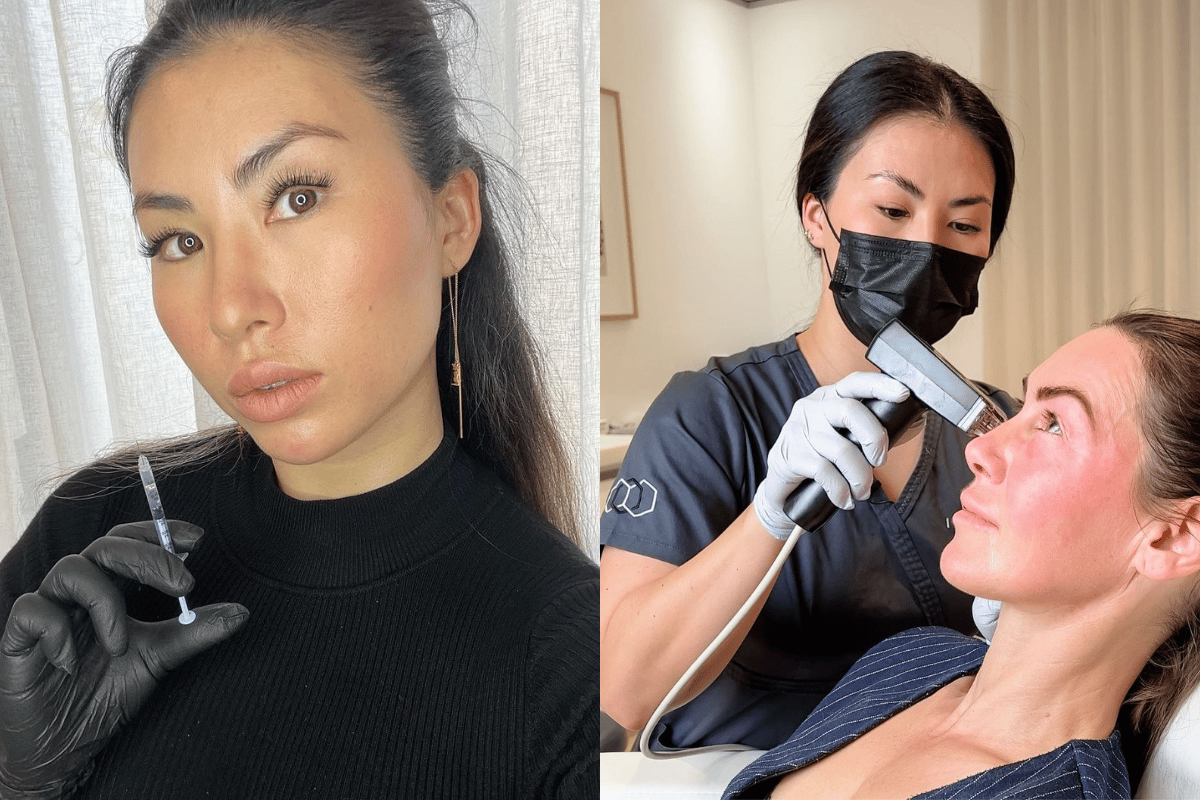
If you're a woman in your 50s or above, chances are you're wondering what you should (and shouldn't) be doing for your skin right now. It's mighty confusing out there.
Well, that's why we're here.
Because along with all the usual suspects (like not wearing sunscreen, not getting adequate sleep, etc.) there's actually one simple answer when it comes to the biggest skincare mistake you can make in your 50s.
Your collagen. You're not protecting what you have left.
Watch: Curiosity got the better of us! Renny asked Dr. Naomi McCullum, a cosmetic physician who runs a luxury clinic called The Manse, everything she'd do to her face. Post continues below.
As we age, our bodies don't produce as much collagen. In fact, women can lose up to 30 per cent in the first five years leading up to menopause.
Pretty wild, huh?
And as you might already know, collagen is pretty important, playing a crucial role in strengthening the skin as well as providing elasticity and hydration.
Sydney cosmetic doctor Dr Yumiko Kadota said, "You slowly start to lose collagen in your twenties, and the effects of this are most noticeable in the late forties to fifties."




























































































